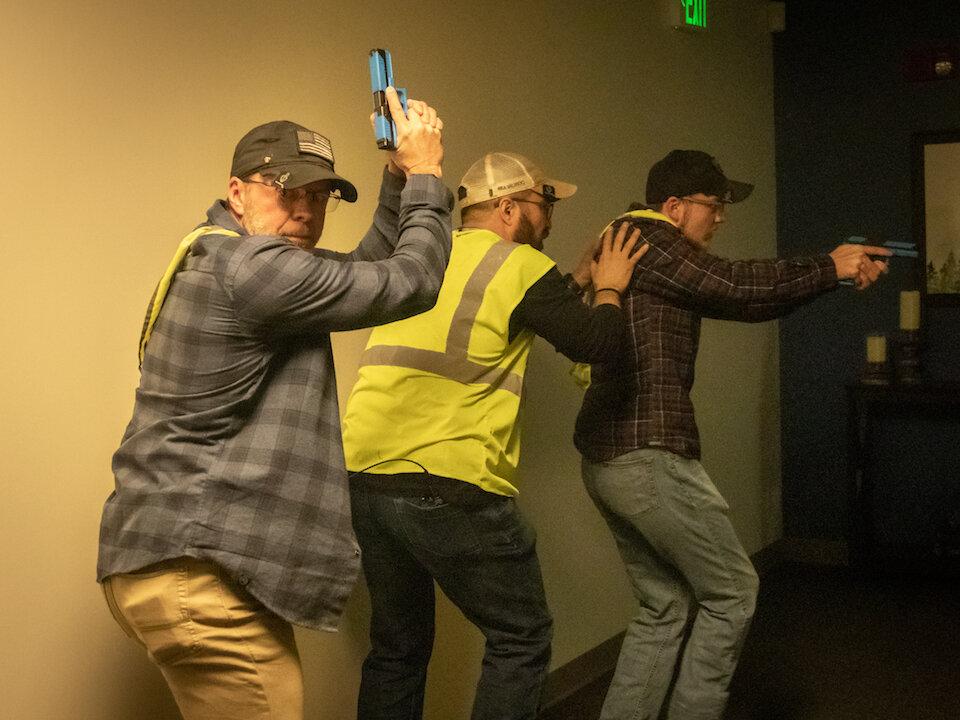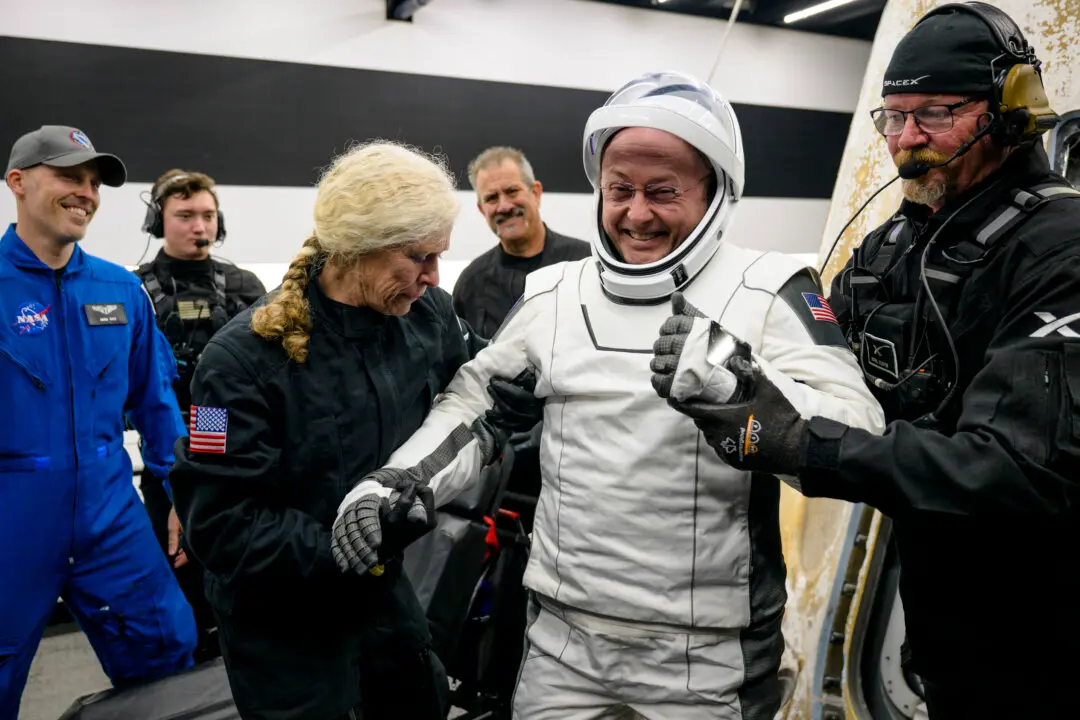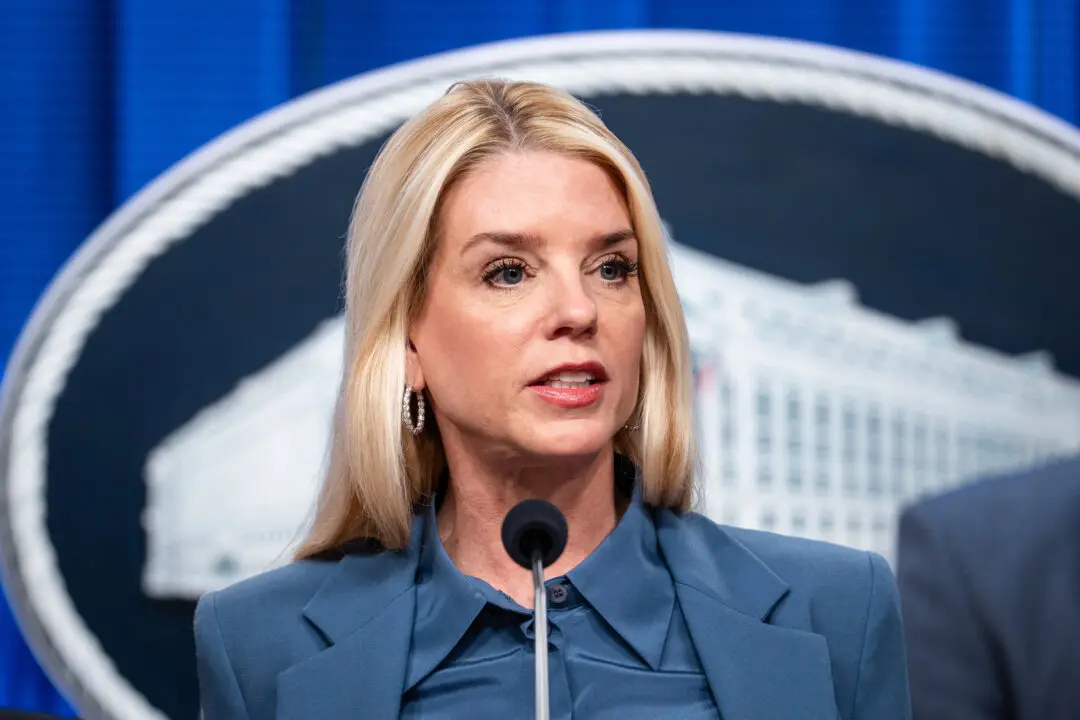Nathan Eberhardt was in a “classroom” when he heard gunshots down the hall.
As screams pierced the air, he drew his gun and ordered his “students” to take cover. He took his mark and was determined that any threat who came through the door to get to the children would have to go through him first.





